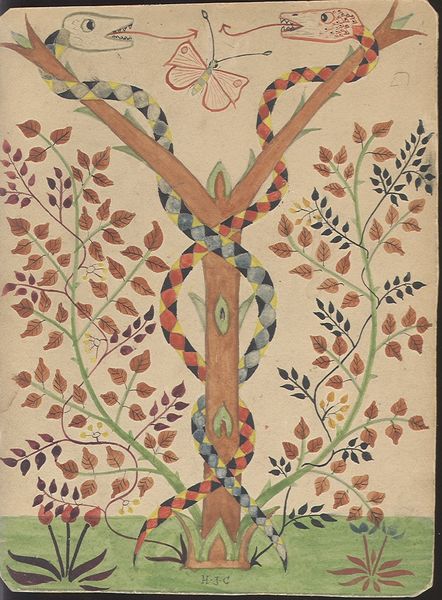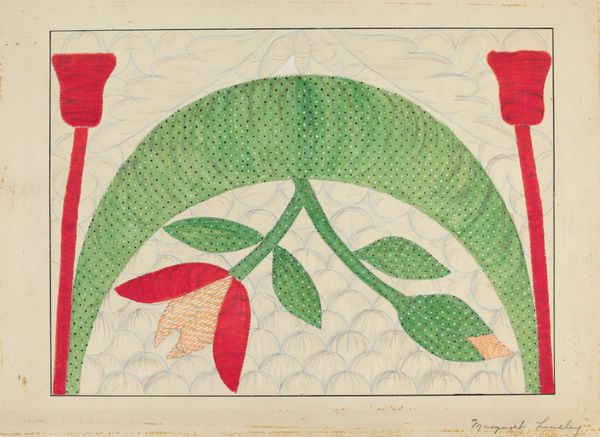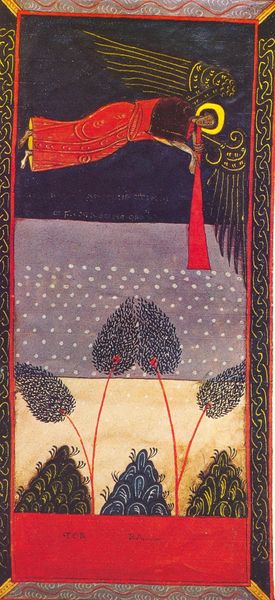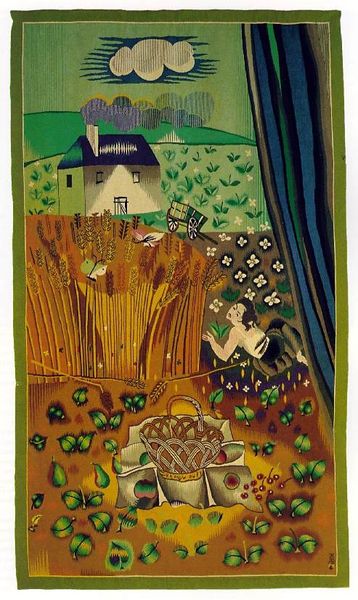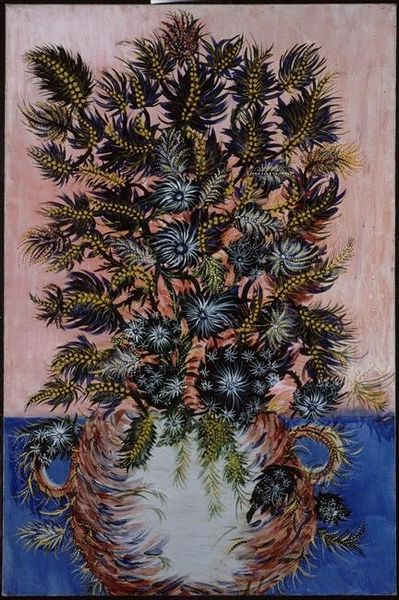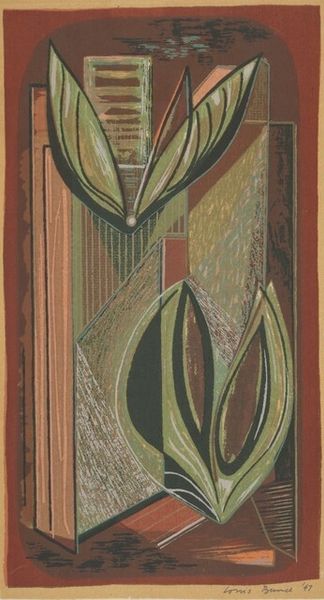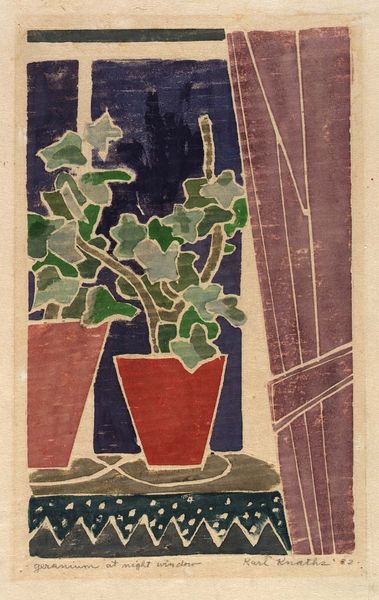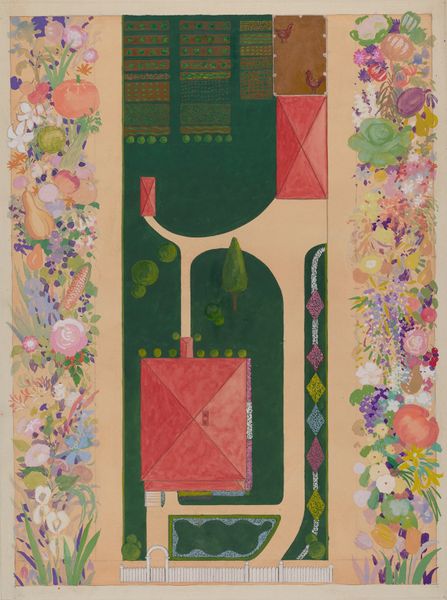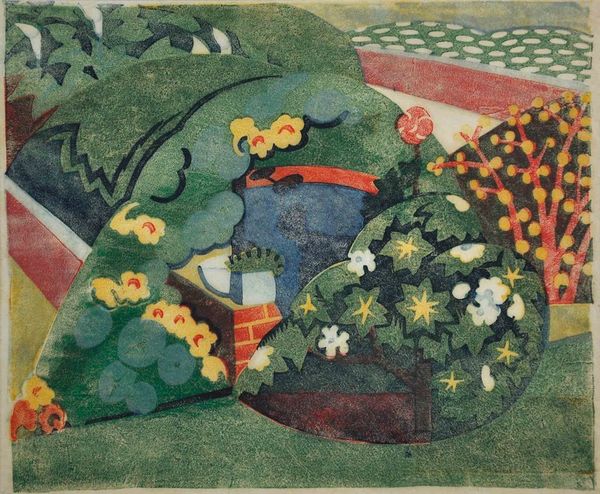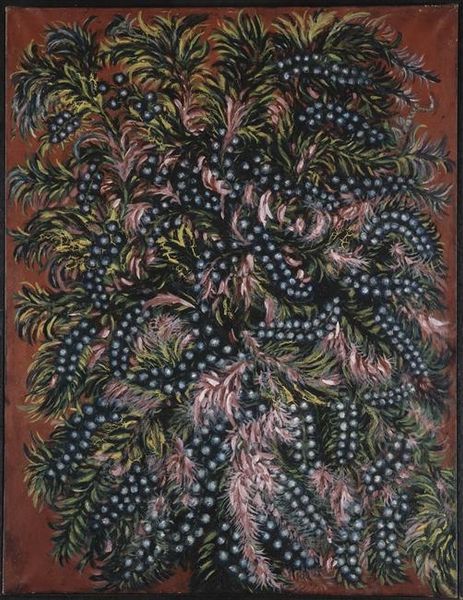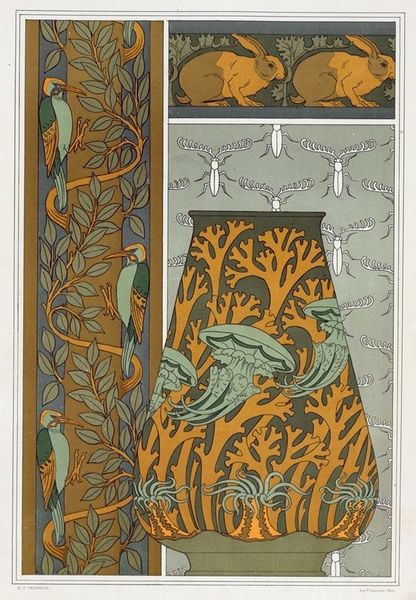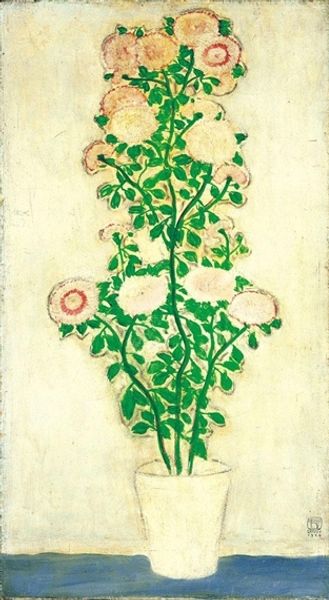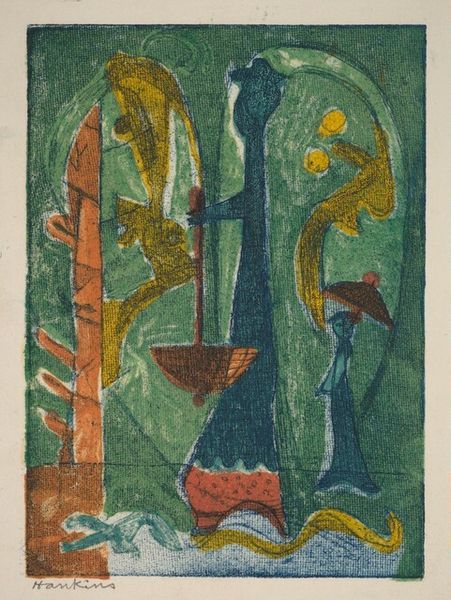
painting, acrylic-paint
#
folk-art
#
painting
#
landscape
#
folk art
#
acrylic-paint
#
figuration
#
naive art
Dimensions: 80.01 x 64.77 cm
Copyright: Fair Use
Editor: This folksy acrylic painting is titled "Ohio State Capital" and made by William Hawkins, and it looks to me like it depicts the Ohio Statehouse building within its surrounding park. I’m struck by the naivete of the piece. How do you interpret this work? Curator: What I see in this piece is an act of reclaiming power. Hawkins, an African-American artist who emerged during a time of profound racial injustice, uses the visual language of folk art to insert himself and his vision into the narrative of the Ohio State Capital, a space typically associated with white power structures. It’s interesting, don’t you think, how he subverts traditional artistic conventions, creating a space for Black representation? Editor: I hadn't considered it that way. The simplistic style, what I initially called 'naive,' could be interpreted as a deliberate choice to democratize art, making it accessible to a broader audience and challenging the elitism often associated with fine art. Curator: Exactly! The inscription, "BROD. HIGH STAT.HOUSE YARD.YEAR 1916 EVER.DEC. JULY 27 1895," further roots the image in personal history and local context. The inclusion of dates surrounding Hawkins’ birth year alongside the title suggests an attempt to stake a claim, to inscribe himself into the history and the very fabric of Ohio's identity. He asserts, “I was here, I am here, this space belongs to me too." Editor: So the personal text adds to that insertion of self. And it makes me wonder: does the somewhat distorted perspective speak to a critique of power itself? Curator: Potentially! Perhaps Hawkins challenges the viewer to question whose perspective is traditionally valued and whose is marginalized. The visual distortions could mirror the distortions of power within society. It invites us to confront whose voices and visions dominate our historical narratives, and who gets to represent these narratives? Editor: Thank you. I now see it’s so much more than just a folksy painting. It's a statement! Curator: Indeed, and that's why delving into art and its context creates awareness, don't you agree?
Comments
No comments
Be the first to comment and join the conversation on the ultimate creative platform.
